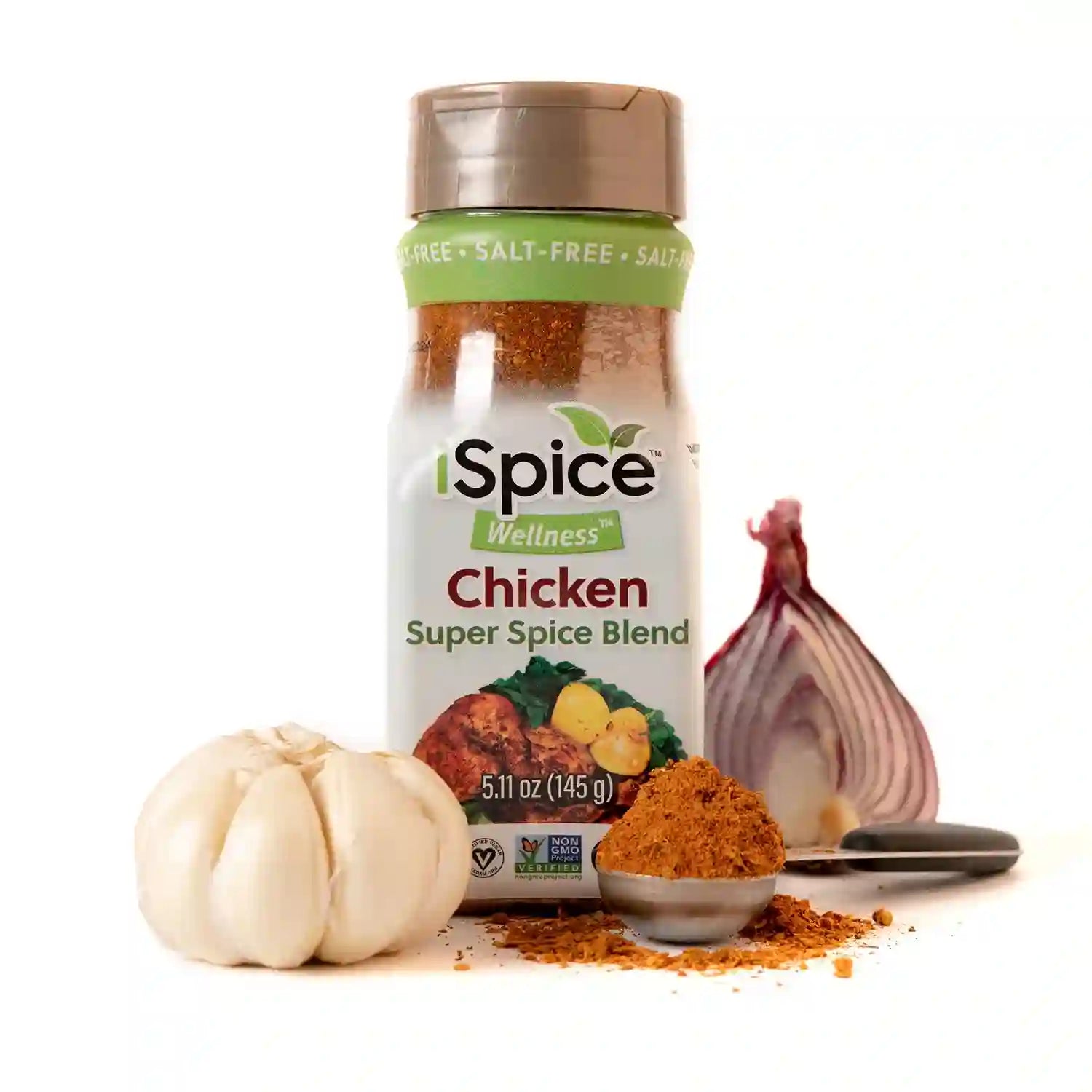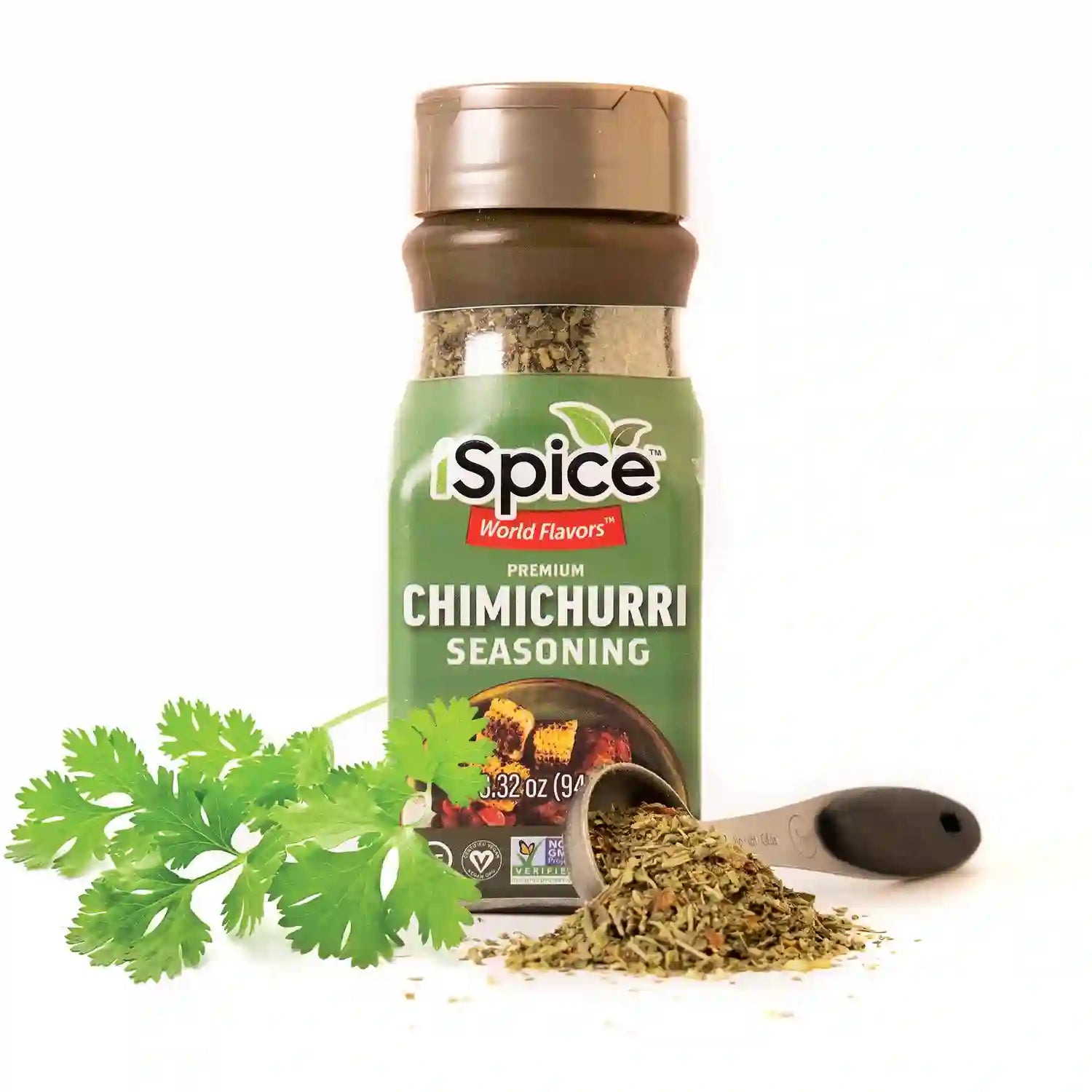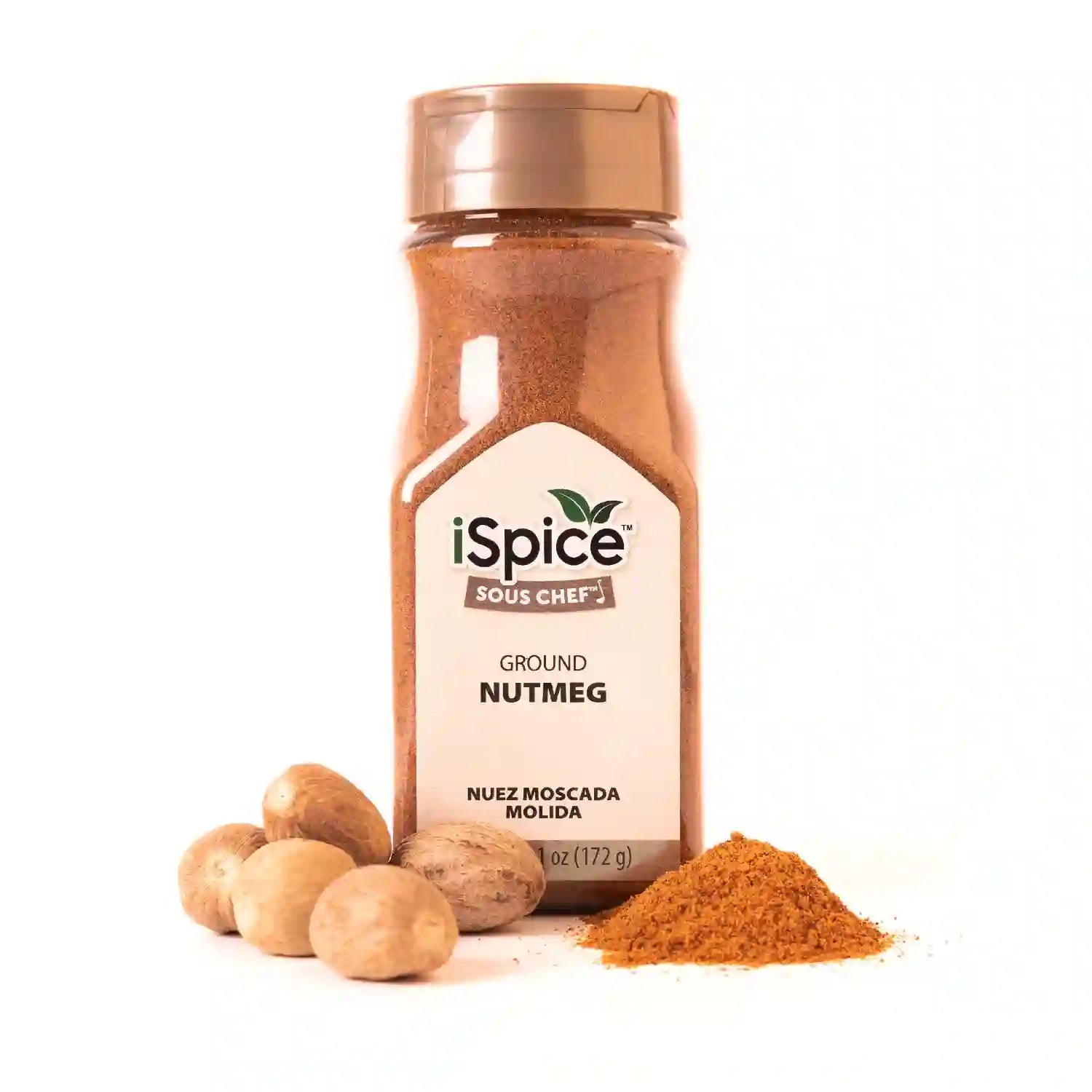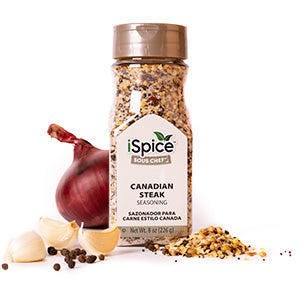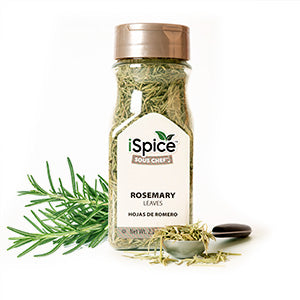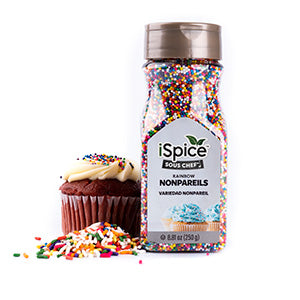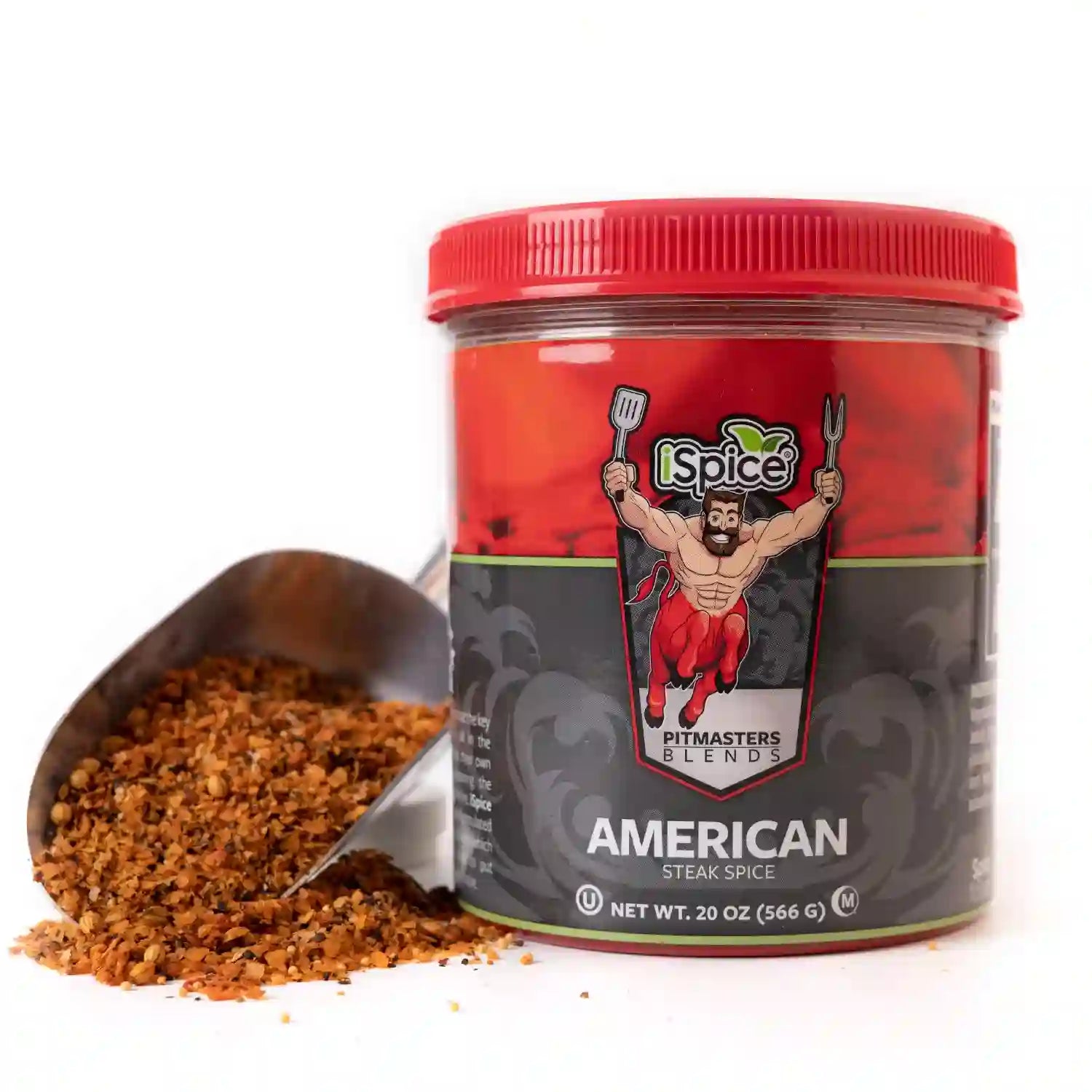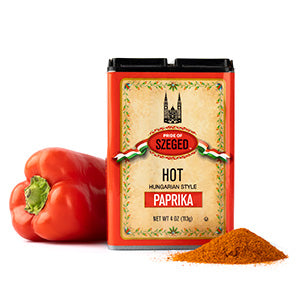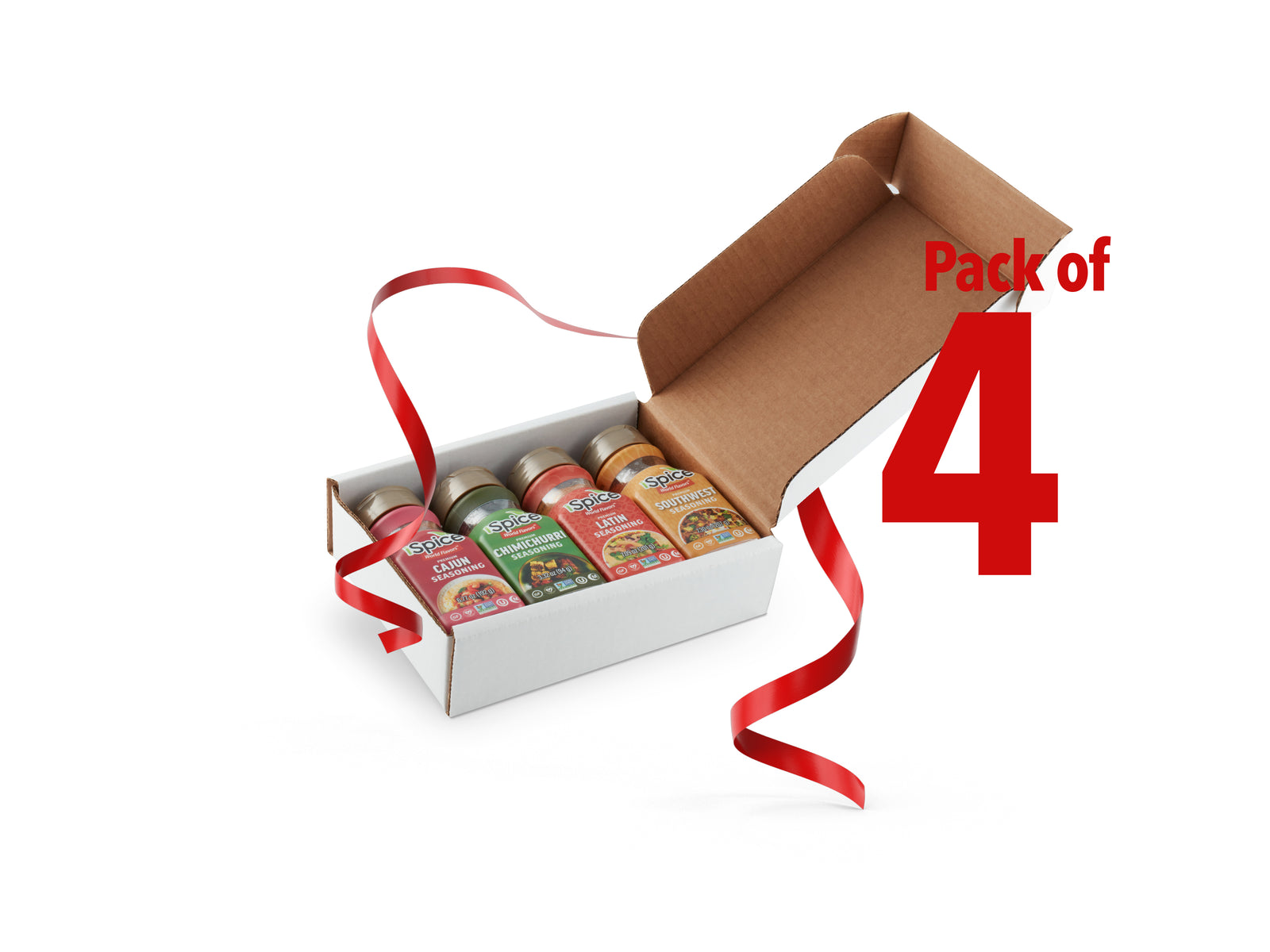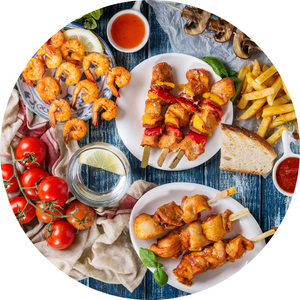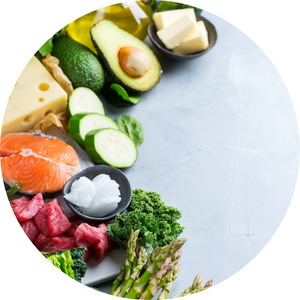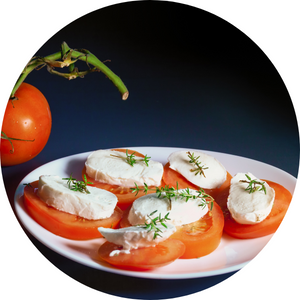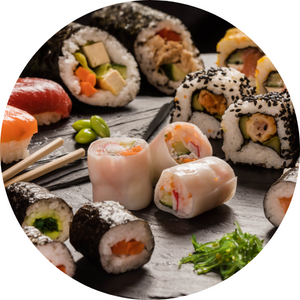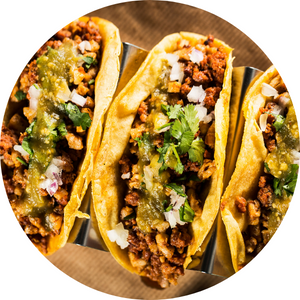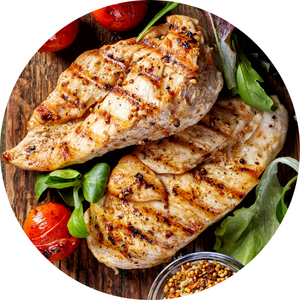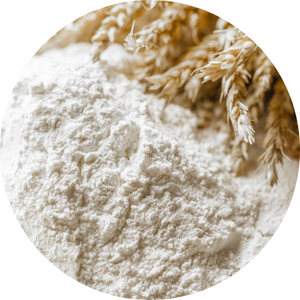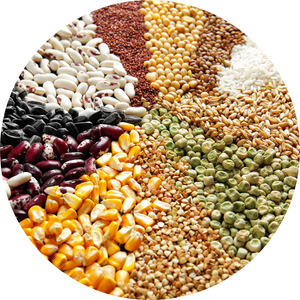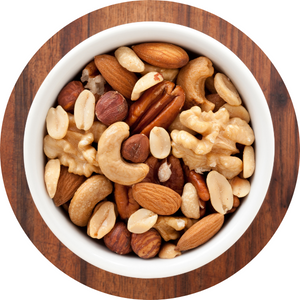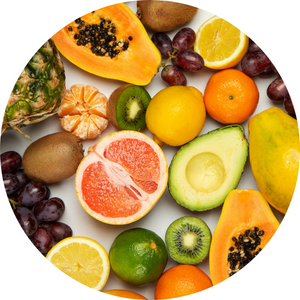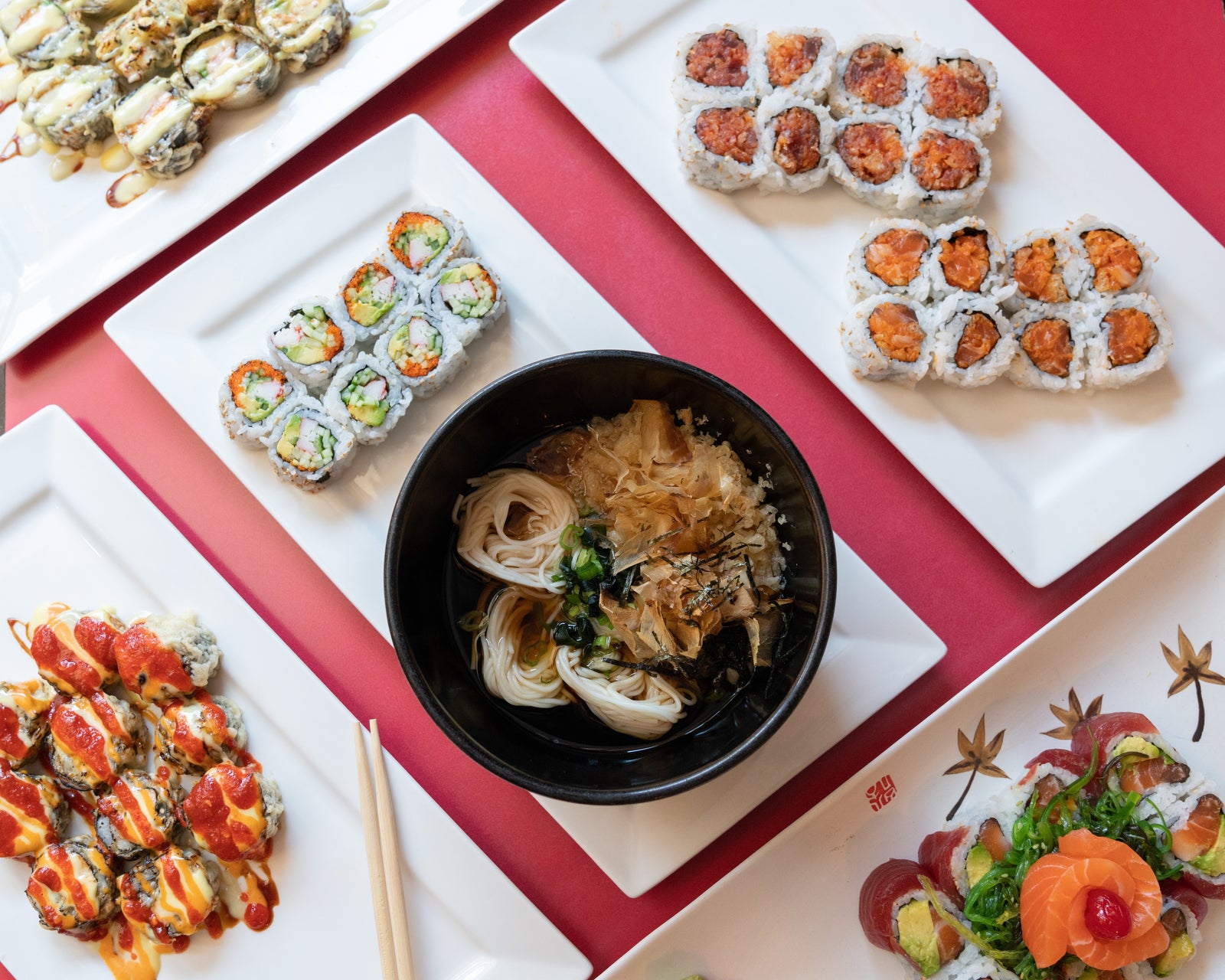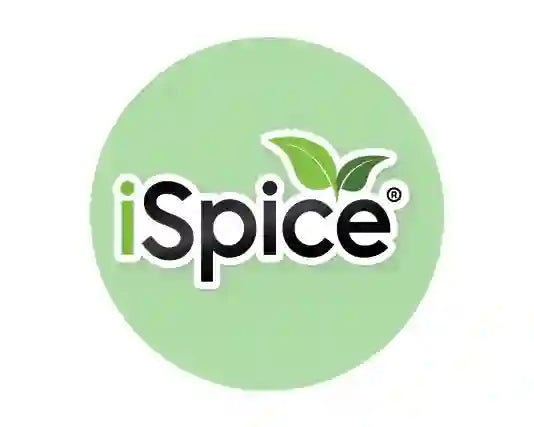
Introduction
Coriander, known as cilantro in some regions, is a versatile herb used worldwide. It offers a unique flavor profile and adds depth to dishes. Understanding the differences between coriander seeds and coriander leaves is crucial for any culinary enthusiast. Let's embark on this flavorful journey.
Coriander Seeds vs. Coriander Leaves: The Showdown
Coriander Seeds: The Aromatic Powerhouse
Coriander seeds, often used as a spice, pack a punch when it comes to flavor. These tiny, spherical seeds possess a warm, citrusy, and slightly nutty taste. Their aromatic qualities make them a staple in various cuisines.
LSI Keyword: Coriander Seed Uses
Coriander seeds are indispensable in Indian cuisine, where they are ground to make curry powders and spice blends. They also find their place in pickles, sausages, and baked goods.
Coriander Leaves: The Fresh and Fragrant Herb
On the other hand, coriander leaves, also known as cilantro, offer a fresh, zesty, and slightly citrusy flavor. These tender green leaves are commonly used as a garnish or a key ingredient in salads, salsas, and sauces.
LSI Keyword: Cilantro Culinary Uses
Cilantro is a vital component of Mexican and Thai cuisines, adding a burst of freshness to dishes like guacamole, salsa, and green curry.
Coriander Seeds vs. Coriander Leaves: Appearance Matters
Coriander Seeds: Small but Mighty
Coriander seeds are small, round, and brown. Their appearance is reminiscent of tiny pebbles. When crushed, they release a strong, delightful aroma.
LSI Keyword: Coriander Seed Appearance
These seeds are a warm shade of brown and are usually sold whole or ground into a powder.
Coriander Leaves: Lively and Green
In contrast, coriander leaves are vibrant green and feathery in appearance. They consist of delicate, lacy leaves attached to slender stems.
LSI Keyword: Cilantro Appearance
Cilantro leaves are known for their bright green color and distinct leafy texture.
Coriander Seeds vs. Coriander Leaves: Culinary Applications
Coriander Seeds: The Flavor Enhancer
Coriander seeds are prized for their ability to enhance the flavor of dishes. They are commonly used as a seasoning in soups, stews, and marinades.
LSI Keyword: Cooking with Coriander Seeds
To use coriander seeds in your cooking, lightly toast them in a dry pan before grinding or adding them to your recipe. This releases their full aroma and flavor.
Coriander Leaves: The Fresh Finishing Touch
Cilantro shines as a finishing herb. Its bright, citrusy notes elevate the taste of dishes when added just before serving.
LSI Keyword: Using Cilantro in Cooking
For the best results, chop cilantro leaves finely and sprinkle them over your dishes for a burst of freshness.
Coriander Seeds vs. Coriander Leaves: Culinary Traditions
Coriander Seeds: A Global Spice
Coriander seeds have a rich history in various global cuisines. They are an essential component of Indian, Middle Eastern, and Latin American dishes.
LSI Keyword: Coriander Seed History
These seeds have been used for centuries and were even found in ancient Egyptian tombs.
Coriander Leaves: The World's Garnish
Cilantro's culinary presence spans across the globe, from Mexican tacos to Thai curries. Its versatility makes it a beloved herb worldwide.
LSI Keyword: Cilantro's Global Influence
Cilantro's popularity is testament to its ability to adapt to diverse culinary traditions.
Coriander Seeds vs. Coriander Leaves: Flavor Profile
Coriander Seeds: Warm and Spicy
The flavor of coriander seeds can be described as warm, slightly spicy, and earthy. It adds depth and complexity to dishes.
LSI Keyword: Coriander Seed Flavor
The warm, citrusy notes of coriander seeds make them a perfect addition to spice blends and curries.
Coriander Leaves: Fresh and Citrusy
Cilantro imparts a refreshing, citrusy flavor with a hint of earthiness. It brightens up dishes with its lively taste.
LSI Keyword: Cilantro Flavor
The zesty and bright flavor of cilantro makes it a must-have for salads, salsas, and fresh summer dishes.
Coriander Seeds vs. Coriander Leaves: Cooking Tips
Coriander Seeds: Toast for Intensity
To maximize the flavor of coriander seeds, lightly toast them in a dry pan before use. This process intensifies their aroma and taste.
LSI Keyword: Toasting Coriander Seeds
Toasting coriander seeds is a simple technique that elevates their flavor profile.
Coriander Leaves: Handle with Care
When using cilantro, remember that the flavor is in the leaves. Avoid using the stems, as they can be slightly bitter.
LSI Keyword: Handling Cilantro
To enjoy the best cilantro flavor, discard the stems and use only the delicate leaves.
FAQs
Q: Can I substitute coriander seeds for coriander leaves in a recipe? A: While they have different flavors, you can substitute coriander seeds for leaves in certain dishes, but the flavor profile will change.
Q: What dishes benefit from the addition of coriander seeds? A: Coriander seeds are excellent in curry dishes, soups, and marinades, adding a warm and aromatic flavor.
Q: Can I freeze coriander leaves for later use? A: Yes, you can freeze cilantro leaves for later use, but they may lose some of their fresh texture.
Q: Do coriander seeds lose their flavor over time? A: Yes, like many spices, coriander seeds can lose their flavor over time. Store them in an airtight container to preserve their freshness.
Q: Are there any alternative names for cilantro? A: Yes, cilantro is also known as Chinese parsley or coriander in some regions.
Conclusion
In the epic battle of Coriander Seeds vs. Coriander Leaves, there are no losers—only winners in the world of flavor. Both these ingredients bring their unique characteristics to the table, enriching dishes with their distinct tastes. Whether you opt for the warm, aromatic embrace of coriander seeds or the fresh, zesty burst of cilantro, your culinary adventures are bound to be extraordinary.
Alert: While spices can have many beneficial properties for health, using them for medical purposes should be done under the guidance and supervision of a healthcare professional or specialist. Some spices may interact with medications or cause adverse reactions in certain individuals, and it is important to use them safely and appropriately. If you are considering using spices for a medical condition, it is important to consult with a healthcare professional before doing so.

